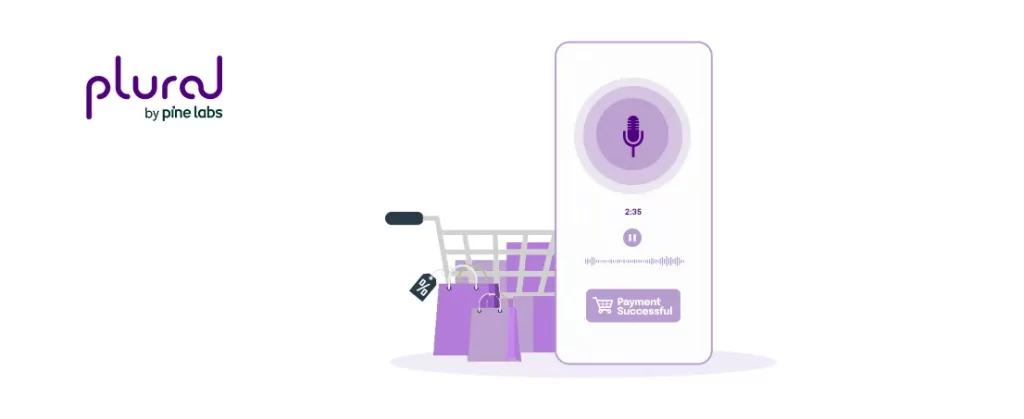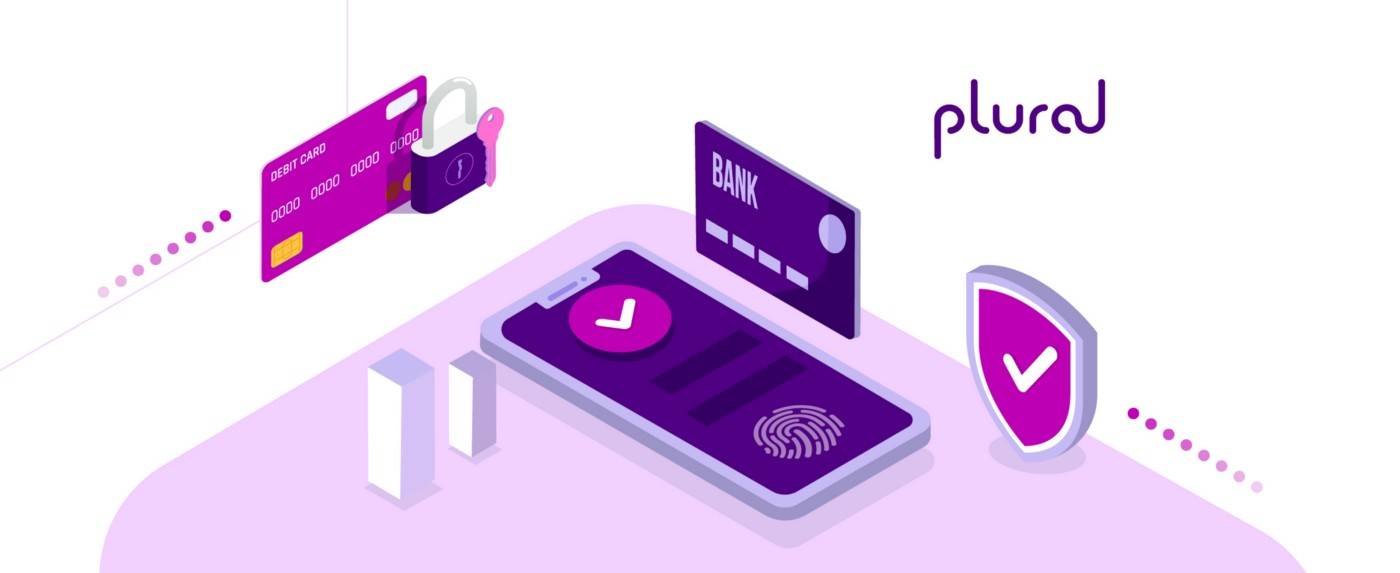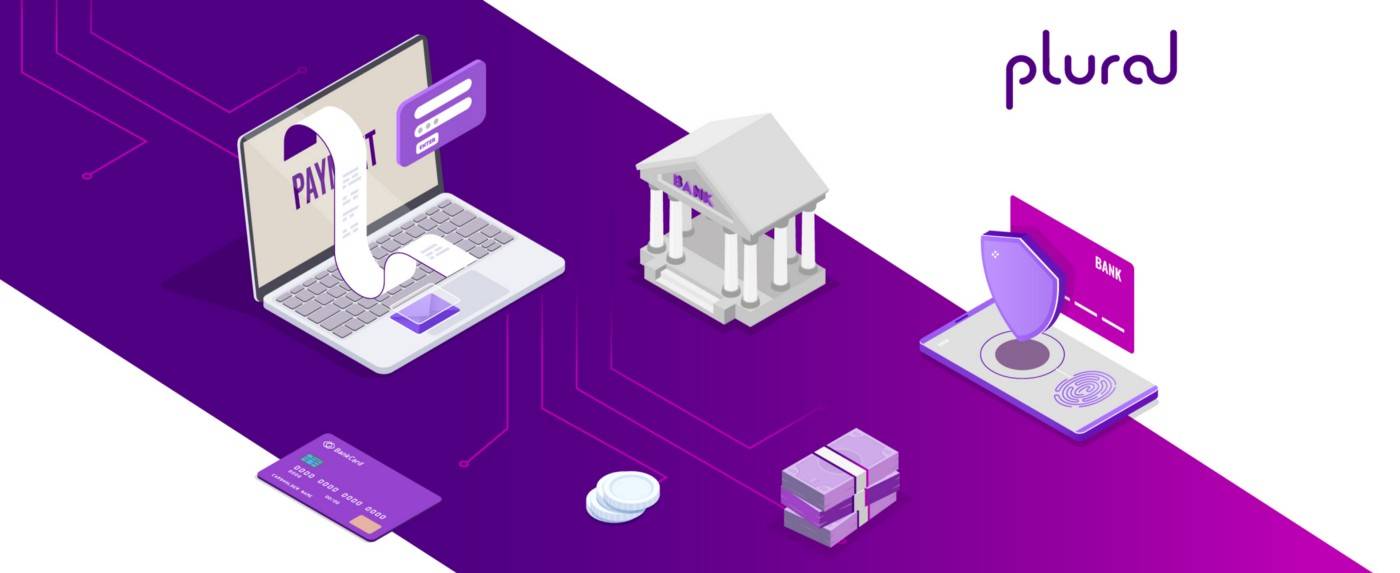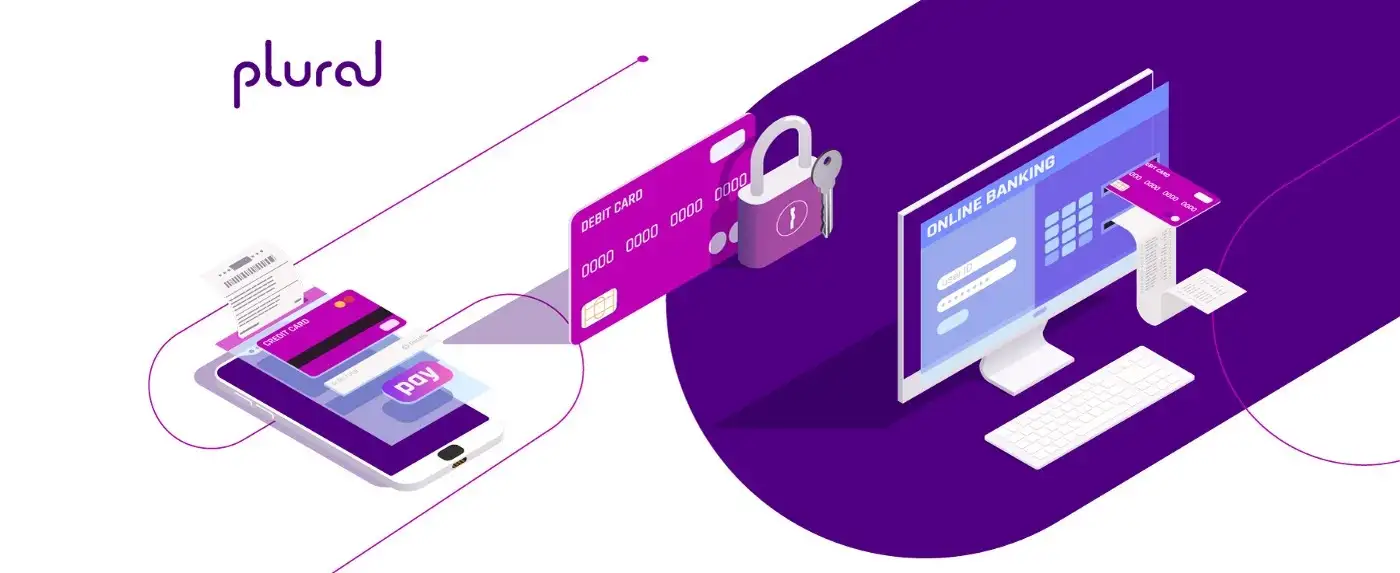“Alexa, turn on Netflix”
“Hey Siri, call Mom”
Many of us are increasingly comfortable using voice technology. The number of voice assistants used worldwide is predicted to increase by 433%, from 1.5 billion active devices to 8.4 billion by 2024.
Today, our voice assistants can perform various tasks for us. They can make phone calls, send messages, play music, make purchases, and even pay our bills. These assistants are very efficient and make navigating digital devices far easier.
However, a question looms large: Can voice payments be a game-changer for Indian commerce? What benefits does it offer, and is it a secure mode of payment?
In this discussion, we will explore how voice payments are transforming Indian commerce and examine their advantages and potential risks.
What are voice commerce and voice-driven payments?
Voice Commerce refers to using voice commands to make purchases on portable devices. Users tell their smartphones or tablets what products to look for, and the device can automatically shop for the item. There is no need for any physical interaction on the user’s part. Virtual assistants like Siri, Google Assistant, and Alexa are widely used to facilitate voice commerce.
Voice payment is a part of voice commerce that enables transacting payments using only one’s voice. Instead of manually entering payment details, you can make payments by simply giving verbal instructions to your voice assistants, such as “Alexa, pay my mobile bill.”
Before initiating voice payments, users typically need to link their preferred payment method to their voice assistant account. It could be a debit card, credit card, or mobile wallet. Once connected, you can pay by providing the relevant voice command.
Is voice payment the next big thing in commerce?
Voice-based payment technology is garnering significant popularity worldwide. The trend started with Siri and Alexa, and now several people use it for making digital payments. Its popularity is mainly due to its ease and convenience compared to traditional payment methods. With voice payments, checking account information repeatedly before completing a transaction is not required.
Voice technology is also expected to make online payments more accessible to all. People with disabilities or without digital literacy can also use simple voice commands to purchase goods and services online. Payments with voice technology have become as simple as making a phone call. No doubt, it is ushering us in a new era of e-commerce.
Leading brands like Amazon and Honda already leverage this cutting-edge technology to explore new business opportunities. Amazon has introduced Alexa, its voice assistant, to facilitate online user purchases. Meanwhile, Honda has collaborated with Visa to develop Honda Dream Drive, an innovative system that enables passengers to buy gas, parking, food, and entertainment services using their voice.
And the trend is here to stay. The global voice-based payment market is expected to reach $13.62 billion by 2030 from the current $5.29 billion in 2021.
Benefits of voice payments
Voice payments hold enormous potential for Indian commerce. Here are a few benefits of this innovative technology:
Streamlining the shopping and payment experience
Voice payments allow businesses to provide their customers with a hands-free shopping experience. Users can make payments without pressing any buttons, reducing the time and friction in completing a transaction. Further, voice assistants can take care of all the routine tasks on behalf of the customers, such as finding the best deal, adding items to baskets, or tracking their orders.
Higher inclusivity
For most Indians, mobile phones are the primary device of choice. Voice technology allows mobile users in India to interact with their mobiles in their preferred local language. Regardless of a lack of literacy, digital or otherwise, voice technology makes using devices accessible to all. So by providing a convenient way to complete transactions, voice payment enables a larger population to participate in e-commerce.
Furthermore, voice payments can also benefit the elderly or people with visual and other impairments who struggle with traditional payment methods that rely on visual cues. These individuals can independently make voice payments, improving their overall financial inclusion.
Mitigating Fraud Risk
Voice payments use voice authorization to verify a user’s identity before letting them perform financial actions. It is a reliable method of biometric authentication based on vocal modalities such as pitch and intensity, which is unique to each individual. The use of voice authorization can help businesses minimize instances of online payment fraud.
Challenges of voice payment
As with any new technology, unfamiliarity and lack of trust are the major concerns for voice payments. The top challenges the technology faces today are:
Security Concerns
Not many people feel comfortable disclosing their personal and financial information online. Their scepticism regarding voice assistants and privacy concerns prevents many from adopting the technology fully. Even for those who use voice payments, this technology is usually restricted to smaller amounts only.
Contextualisation and Non-Standard Voice Recognition
Today’s voice technology still struggles to understand and interpret the many different dialects, accents, and speech patterns people use worldwide. The Manifest 2020 Voice Search Survey of 501 people found that around 95% of people experience frustration when using voice assistants for not understanding or misunderstanding their query.
Voice payment technology must establish its credibility and fill in the trust gap to be widely accepted by people.
What the future looks like for voice payments?
Despite the challenges mentioned above, the capabilities of voice assistants and voice payments are on their way to improving. As voice technology continues to integrate with existing systems, voice payments will be more widespread and available across devices.
Businesses seek online payment solutions requiring minimal infrastructure and cost, and customers desire comfortable, hands-free, frictionless payments. Voice payment might be the ideal solution to enhance revenue and customer satisfaction.
But until the voice payment technology becomes mature and widely adopted, businesses can use other ways to make payment seamless for customers. At Plural, we are committed to providing users with a frictionless and secure payment experience by offering multiple payment modes, including EMI and pay-later choices.
Streamline your payment process and improve your customer experience with Plural integration. Get in touch for a fast, flexible payment processing platform that meets your business needs!

Amrita Konaiagari is a Marketing Manager at Plural by Pine Labs and Editor of the Plural blog. She has over 10 years of marketing experience across Media & Tech industries and holds a Master’s degree in Communication and Journalism. She has a passion for home décor and is most definitely a dog person.




